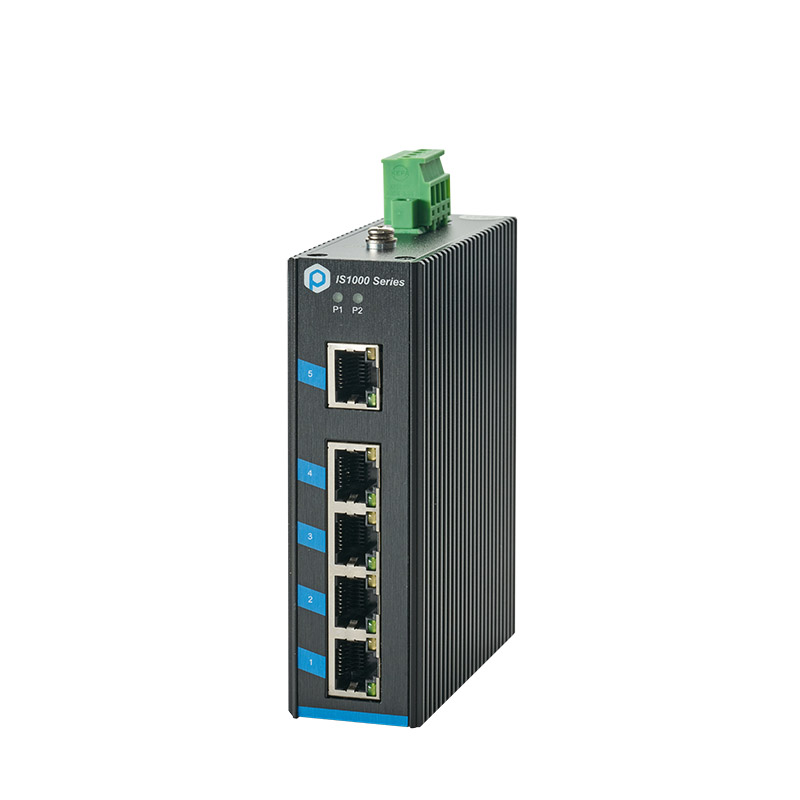Among many performance indicators of Industrial Switches, we often see the indicators of "full duplex", "half duplex" and "Self-adaptive". What exactly do they mean? Now let's give you a brief explanation!
Half duplex
Half duplex data transmission allows data to be transmitted in two directions, but at a certain time, data can only be transmitted in one direction, which is actually a simplex communication of switching directions; The so-called half duplex means that there is only one action in a period of time. For example, a single wooden bridge can only allow one person to pass at a time. When there are people on the opposite side of the bridge, you can only pass when the person on the opposite side comes. Early interphones and early hubs are based on half duplex products.
Full duplex
Full duplex data communication allows data to be transmitted in two directions at the same time. Therefore, full duplex communication is a combination of two simplex communication methods. It requires that both the sending device and the receiving device have independent receiving and sending capabilities. The full duplex of the network card means that the network card can receive data while sending data, and the two are synchronized. This is like making a phone call. You can hear the other person's voice while talking. Current network cards generally support full duplex.

Self-adaptive
Self-adaptive is also called automatic matching and self negotiation. After the Ethernet technology has developed to 100M speed, there is a problem of how to be compatible with the original 10M Ethernet equipment. The adaptive technology is developed to solve this problem. The adaptive function allows a network device to communicate its supported working mode information to the opposite end of the network, and accept the corresponding information that may be transmitted by the other side. The self adaptive function is completely designed and implemented by the physical layer chip, so it does not use special data packets or bring any high-level protocol overhead.
During link initialization, the self negotiation protocol sends 16bit messages to the peer device and receives similar messages from the peer device. The contents of self negotiation mainly include speed, duplex, flow control, etc. On the one hand, it notifies the peer device of its own working mode, and on the other hand, it obtains the working mode of the peer device from the message sent from the peer.
Take the duplex mode as an example. The advantages of full duplex are small delay and fast speed. However, in the case of full duplex, the network traffic is usually the largest and the speed is guaranteed. However, if there are problems with compatibility, the connectivity should be ensured as much as possible. At this time, half duplex should be considered. At this time, the full duplex/half duplex adaptive mode can give full play to its advantages, automatically select the working mode according to the line conditions, and ensure the big data transmission of the industrial switch!
Our industrial switch series products all support adaptive, full duplex and half duplex mode auto negotiation and port auto flipping functions. The port can provide bidirectional transmission rate, and has high-speed bandwidth processing capability to meet the requirements of fast file transmission and realize full line speed non blocking exchange.
Contact: sales
Phone: 18688787693
E-mail: sales@hsindustrialswitch.com
Add: Room 608, Building B,GaoXinQi TEC Park,Baoan District, ShenZhen,China